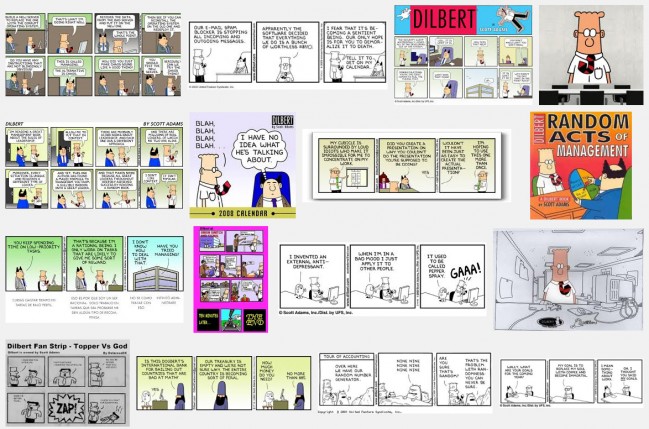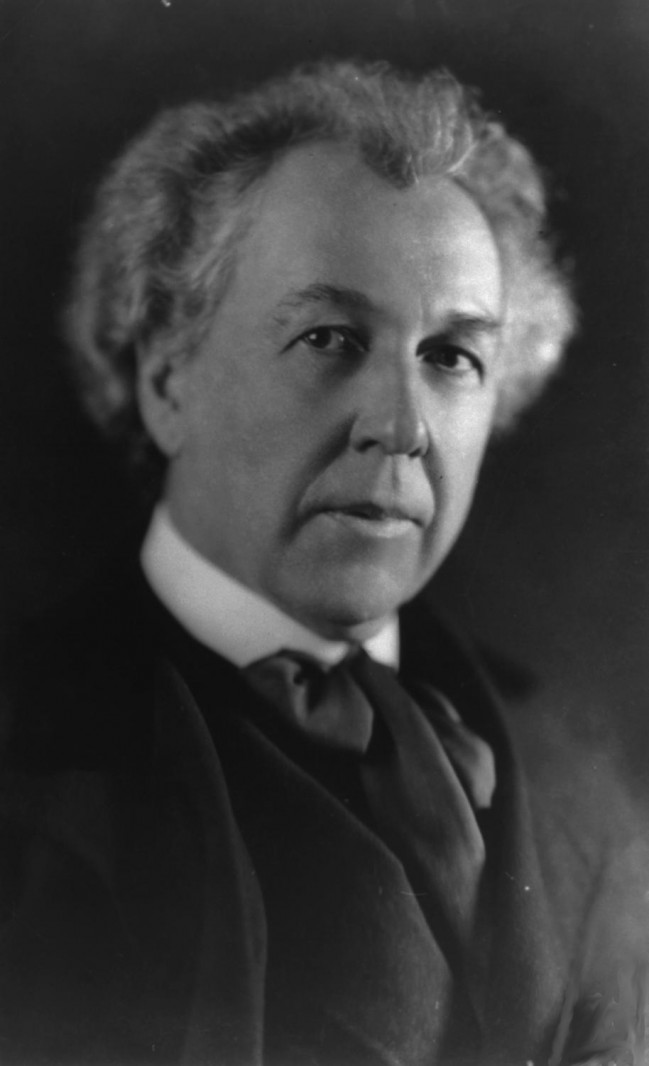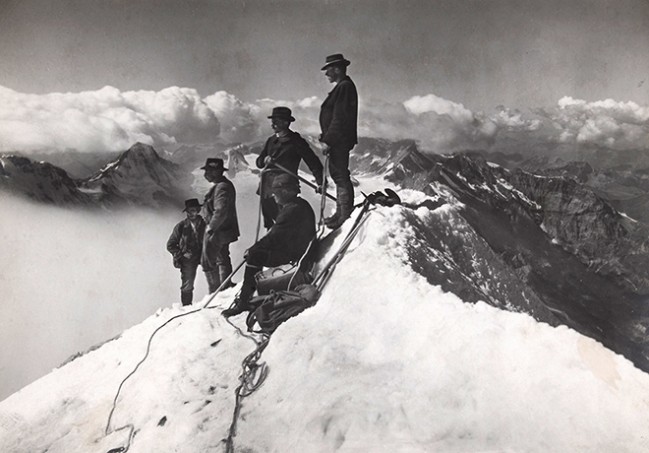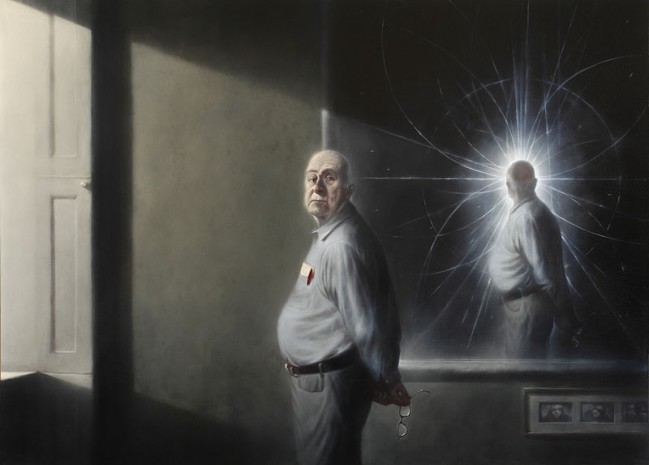Next time Halloween festivities roll around consider dressing up as a fax machine — one of several technologies that seems unwilling to die.
From Wired:
One of the things we love about technology is how fast it moves. New products and new services are solving our problems all the time, improving our connectivity and user experience on a nigh-daily basis.
But underneath sit the technologies that just keep hanging on. Every flesh wound, every injury, every rupture of their carcass levied by a new device or new method of doing things doesn’t merit even so much as a flinch from them. They keep moving, slowly but surely, eating away at our livelihoods. They are the undead of the technology world, and they’re coming for your brains.
Below, you’ll find some of technology’s more persistent walkers—every time we seem to kill them off, more hordes still clinging to their past relevancy lumber up to distract you. It’s about time we lodged an axe in their skulls.
Oddly specific yet totally unhelpful error codes
It’s common when you’re troubleshooting hardware and software—something, somewhere throws an error code that pairs an incredibly specific alphanumerical code (“0x000000F4”) with a completely generic and unhelpful message like “an unknown error occurred” or “a problem has been detected.”
Back in computing’s early days, the desire to use these codes instead of providing detailed troubleshooting guides made sense—storage space was at a premium, Internet connectivity could not be assumed, and it was a safe bet that the software in question came with some tome-like manual to assist people in the event of problems. Now, with connectivity virtually omnipresent and storage space a non-issue, it’s not clear why codes like these don’t link to more helpful information in some way.
All too often, you’re left to take the law into your own hands. Armed with your error code, you head over to your search engine of choice and punch it in. At this point, one of two things can happen, and I’m not sure which is more infuriating: you either find an expanded, totally helpful explanation of the code and how to fix it on the official support website (could you really not have built that into the software itself?), or, alternatively, you find a bunch of desperate, inconclusive forum posts that offer no additional insight into the problem (though they do offer insight into the absurdity of the human condition). There has to be a better way.
Copper landlines
I’ve been through the Northeast blackout, the 9-11 attacks, and Hurricane Sandy, all of which took out cell service at the same time family and friends were most anxious to get in touch. So I’m a prime candidate for maintaining a landline, which carries enough power to run phones, often provided by a facility with a backup generator. And, in fact, I’ve tried to retain one. But corporate indifference has turned copper wiring into the technology of the living dead.
Verizon really wants you to have two things: cellular service and FiOS. Except it doesn’t actually want to give you FiOS—the company has stopped expanding its fiber footprint, and it’s moving with the speed of a glacier to hook up neighborhoods that are FiOS accessible. That has left Verizon in a position where the company will offer you cell service, but, if you don’t want that, it will stick you with a technology it no longer wants to support: service over copper wires.
This was made explicit in the wake of Sandy when a shore community that had seen its wires washed out was offered cellular service as a replacement. When the community demanded wires, Verizon backed down and gave it FiOS. But the issue shows up in countless other ways. One of our editors recently decided to have DSL service over copper wire activated in his apartment; Verizon took two weeks to actually get the job done.
I stuck with Verizon DSL in the hope that I would be able to transfer directly to FiOS when it finally got activated. But Verizon’s indifference to wired service led to a six-month nightmare. I’d experience erratic DSL, call for Verizon for help, and have it fixed through a process that cut off the phone service. Getting the phone service restored would degrade the DSL. On it went until I gave up and switched to cable—which was a good thing, because it took Verizon about two years to finally put fiber in place.
At the moment, AT&T still considers copper wiring central to its services, but it’s not clear how long that position will remain tenable. If AT&T’s position changes, then it’s likely that the company will also treat the copper just as Verizon has: like a technology that’s dead even as it continues to shamble around causing trouble.
The scary text mode insanity lying in wait beneath it all
PRESS DEL TO ENTER SETUP. Oh, BIOS, how I hate thee. Often the very first thing you have to deal with when dragging a new computer out of the box is the text mode BIOS setup screen, where you have to figure out how to turn on support for legacy USB devices, or change the boot order, or disable PXE booting, or force onboard video to work, or any number of other crazy things. It’s like being sucked into a time warp back into 1992.
Though slowly being replaced across the board by UEFI, BIOS setup screens are definitely still a thing even on new hardware—the small dual-Ethernet server I purchased just a month ago to serve as my new firewall required me to spend minutes figuring out which of its onboard USB ports were legacy-enabled and then which key summoned the setup screen (F2? Delete? F10? F1? IT’S NEVER THE SAME ONE!). Once in, I had to figure out how to enable USB device booting so that I could get Smoothwall installed, but the computer inexplicably wouldn’t boot from my carefully prepared USB stick, even though the stick worked great on the other servers in the closet. I ended up having to install from a USB CD-ROM drive instead.
Many motherboard OEMs now provide a way to adjust BIOS options from inside of Windows, which is great, but that won’t necessarily help you on a fresh Windows install (or on a computer you’ve parted together yourself and on which you haven’t installed the OEM’s universally hideous BIOS tweaking application). UEFI as a replacement has been steadily gaining ground for almost three years now, but we’ve likely got many more years of occasionally having to reboot and hold DEL to adjust some esoteric settings. Ugh.
…
Fax machines, and the general concept of faxing
Faxing has a longer and more venerable history than I would have guessed, based on how abhorrent it is in the modern day. The first commercial telefaxing service was established in France in 1865 via wire transmission, and we started sending faxes over phone lines circa 1964. For a long time, faxing was actually the best and fastest way to get a photographic clone of one piece of paper to an entirely different geographical location.
Then came e-mail. And digital cameras. And electronic signatures. And smartphones with digital cameras. And Passbook. And cloud storage. Yet people continue to ask me to fax them things.
When it comes to signing contracts or verifying or simply passing along information, digital copies, properly backed up with redundant files everywhere, are easier to deal with at literally every step in the process. On the very rare occasion that a physical piece of paper is absolutely necessary, here: e-mail it; I will sign it electronically and e-mail it back to you, and you print it out. You already sent me that piece of paper? I will sign it, take a picture with my phone, e-mail that picture to you, and you print it out. Everyone comes out ahead, no one has to deal with a fax machine.
That a business, let alone businesses, have actually cropped up around the concept of allowing people to e-mail documents to a fax number is ludicrous. Get an e-mail address. They are free. Get a printer. It is cheaper than a fax machine. Don’t get a printer that is also a fax machine, because then you are just encouraging this technological concept to live on, when, in fact, it needs to die.
Read the entire article here.
Image courtesy of Mobiledia.

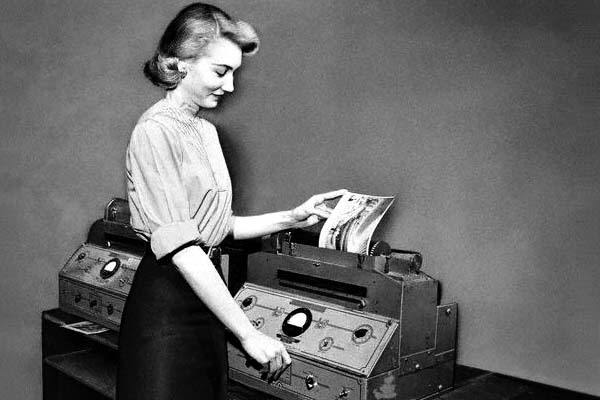

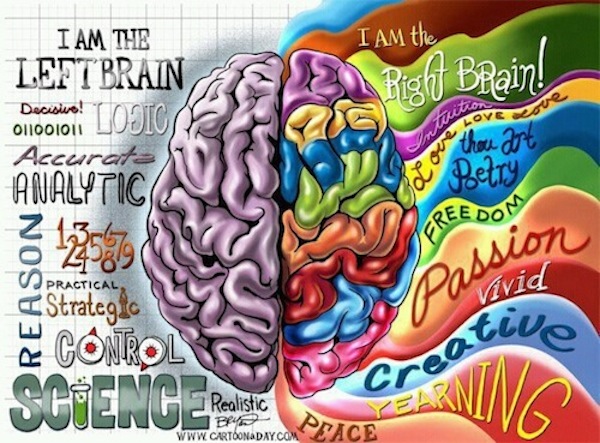



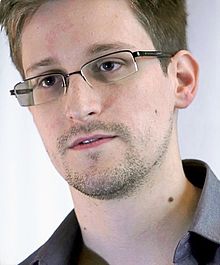

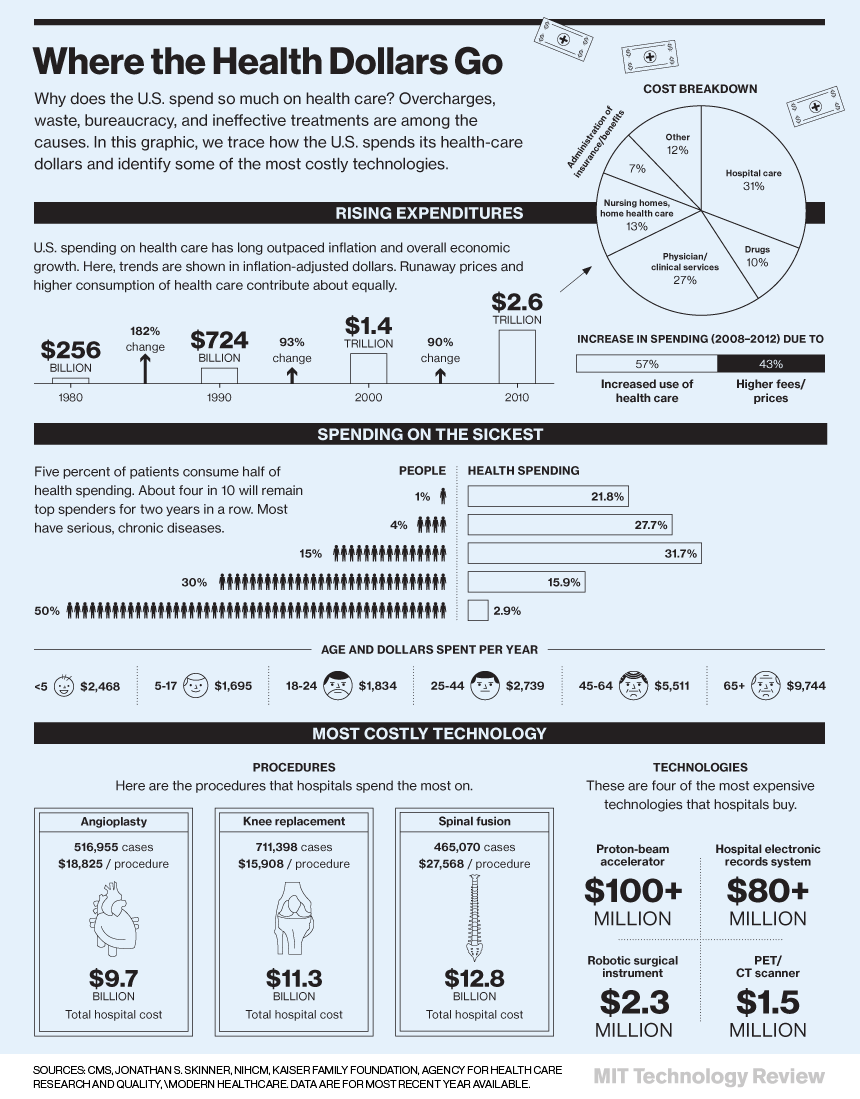
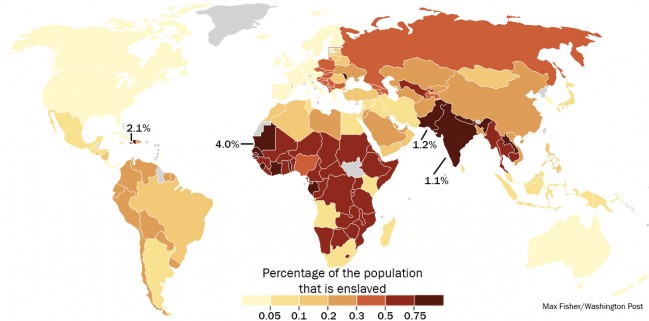

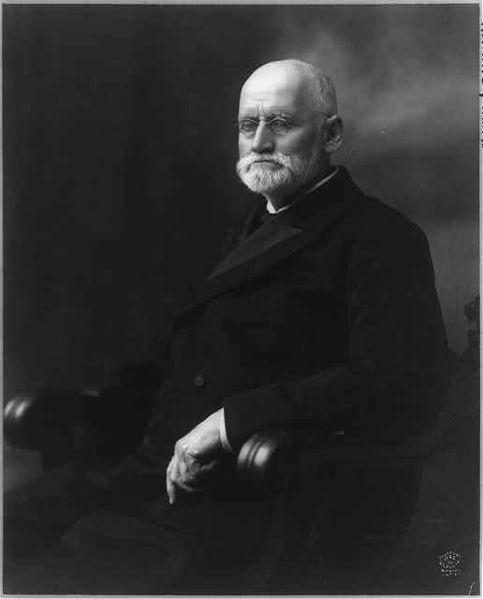
 There are more theories on why we sleep than there are cable channels in the U.S. But that hasn’t prevented researchers from proposing yet another one — it’s all about flushing waste.
There are more theories on why we sleep than there are cable channels in the U.S. But that hasn’t prevented researchers from proposing yet another one — it’s all about flushing waste.

